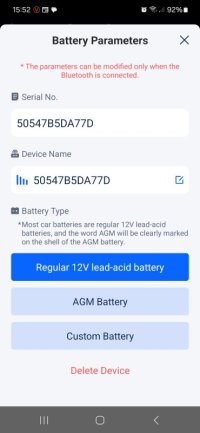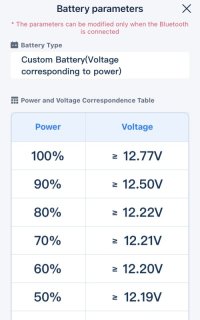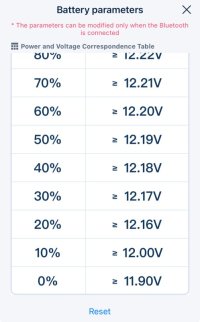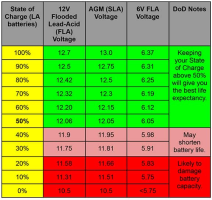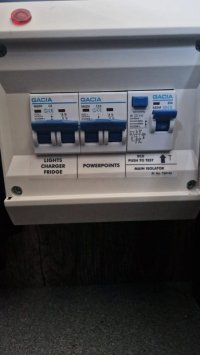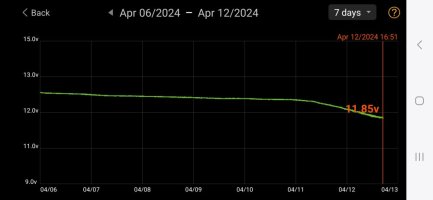Wow - very quick response from them. Yes it's unfortunately normal and they suggest I remove a fuse when it's not in use for long periods.
Fair do's to them on the speed and honesty of the response but I do find it somewhat incredible.
As pulling the fuse is fiddly, any suggestions on how to install a switch? Would have to be simple if I were going to do it myself.
Fair do's to them on the speed and honesty of the response but I do find it somewhat incredible.
As pulling the fuse is fiddly, any suggestions on how to install a switch? Would have to be simple if I were going to do it myself.



